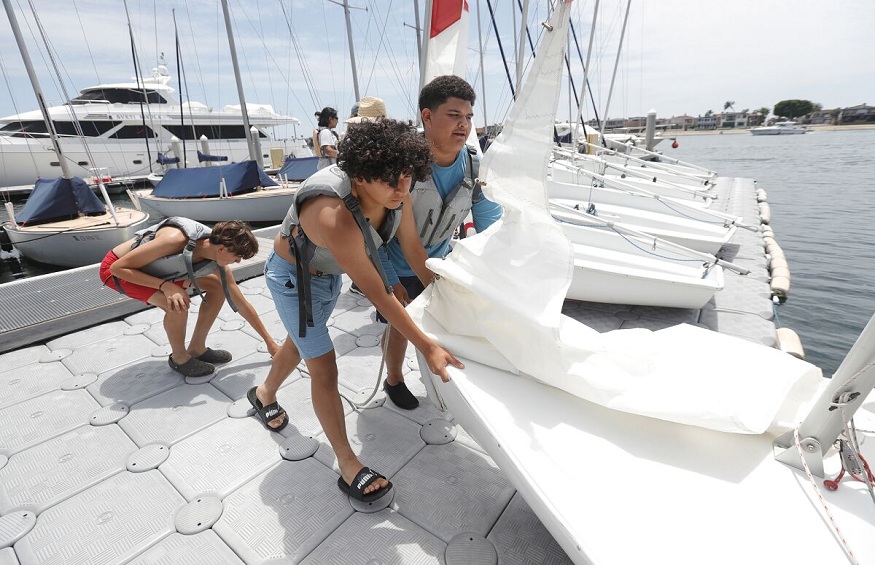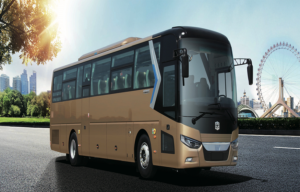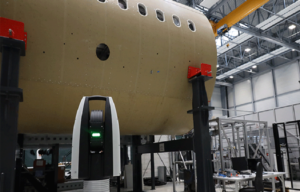The Parts of Sailboats You Should Probably Know About

A sailboat is an ideal way to unwind on the sea, whether on a solo journey or with friends and family. But before you browse for sailboats on sale in Singapore, you should first understand a sailboat’s complexity and many components. In this article, we discuss the many components of a sailboat so that you may make an informed decision about which boat to purchase and feel more secure about the sailing experience as a whole.
The Hull
The hull is the waterproof portion of a ship or watercraft. There are several sorts of hulls that sailboats may possess, and these hulls frequently impact the speed and stability of the vessel.
Sailboats can also vary based on the number of hulls they possess. There are three alternatives available: monohulls, catamarans, and trimarans (three hulls).
The Keel
Every sailboat has a keel, a flat blade protruding into the water from the bottom of the hull. It has several purposes: it gives counterweight, life, regulates sideways movement, retains the boat’s ballast, and prevents capsizing. When a boat leans from one side to the other, the keel and its ballast resist the movement and keep it from capsizing.
As with hulls, there are a variety of various forms of keels, with the full keel and the fin keel being the most prevalent varieties on recreational sailboats. A full keel is more prominent and more stable than a fin keel. Typically, the full keel is at least half the length of the sailboat. It is, however, considerably slower than the fin keel. A fin keel, which is smaller than a full keel, provides less water resistance and, as a result, permits faster speeds.
The Rudder
A sailboat’s principal steering control surface is the rudder. A rudder is a vertical blade connected to the stern’s flat surface (the back of the boat) or to the bottom. The rudder operates by diverting the flow of water. The water strikes the rudder with increased force on one side and decreased force on the other, causing the boat to move in the direction of lower pressure when the rudder is turned.
The Mast
A sailboat’s mast is a tall vertical rod that holds the sails. Frequently, larger ships have many masts.
The Spinnaker
A spinnaker is a form of sail primarily intended for sailing off the wind on a downwind reaching course. When launched, the spinnaker fills with wind and expands in front of the vessel. This action is known as “flying.” On many sailing yachts, the spinnaker is composed of a highly lightweight material, such as nylon cloth, and is brilliantly coloured.
The spinnaker is also known as the “chute” because it resembles a parachute, both in its construction and look when it is filled with wind.
The Forestay
A forestay is a standing rigging component that prevents the mast from collapsing backwards. It is attached at or near the top of the mast, with the other end of the forestay linked to the bow (the front of the boat). A sail, such as a jib or a genoa, is frequently tied to the forestay.
The Backstay
The backstay is a standing rigging that extends from the mast to the transom, opposing the forestay and jib. The backstay is a crucial sail trip and control that directly impacts the form of the mainsail and the headsail.









Наиболее стильные новости мира fashion.
Важные новости лучших подуимов.
Модные дома, торговые марки, haute couture.
Самое лучшее место для трендовых людей.
https://rftimes.ru/news/2024-07-05-teplye-istorii-brend-herno